- KATRD 2019 International Conference
-
November 7(Thu)-8(Fri), 2019 Lotte Hotel World, Seoul, Kore
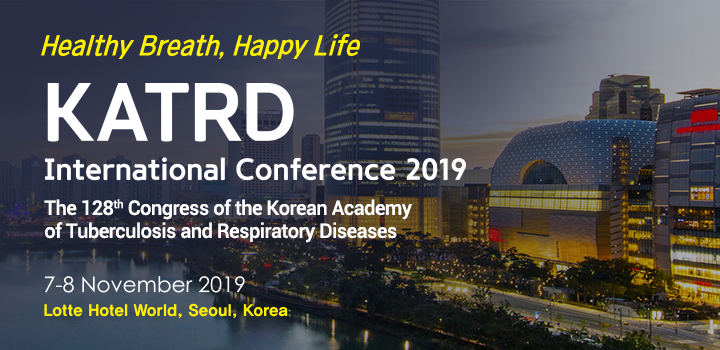
- General Information
Korea
The Republic of Korea (herein after Korea) is a country that more than ten million visitors from abroad come to visit every year. With its long history in culture and tradition, the country has a lot to offer to travelers. Please continue reading to learn general information about Korea before visiting.
Where is Korea?
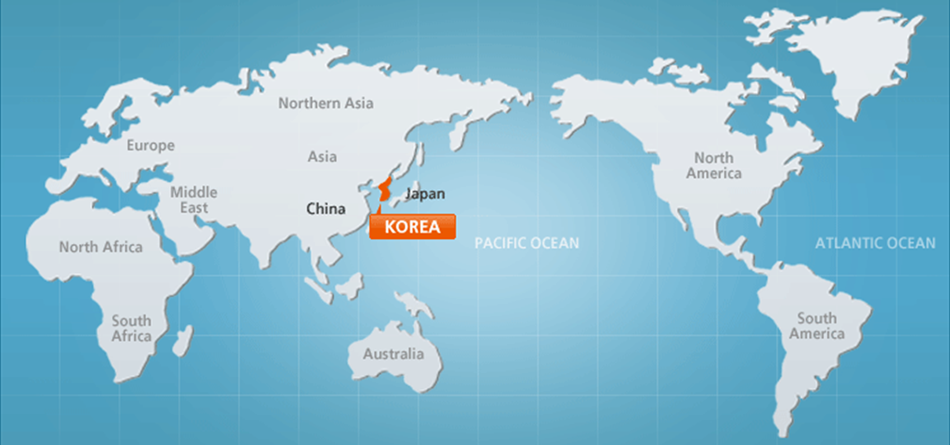
The Korean Peninsula is located in North-East Asia. It is surrounded by the ocean on three sides, making it a unique geographical location. With Seoul as its capital city, the landsite is roughly 1,030 km (612 miles) long and 175 km (105 miles) wide at its narrowest point. Korea's total land area is 100,033 square km, neighboring Japan to the east, China to the west, and sharing a northern border with Democratic People's Republic of Korea (North Korea).
- National Flag : Taegeukgi
-
Its design symbolizes the principles of the yin and yang in Oriental philosophy. The circle in the center is divided into two equal parts, where the upper red responds to the active cosmic forces of the yang; conversely, the lower blue section represents the passive cosmic forces of the yin. The flag's background is white, representing Korean’s desire for peace and purity. The circle is surrounded by four trigrams, one in each corner, characterizing continual movement, balance and harmony. Each trigram symbolizes one of the four universal elements (heaven, earth, fire, and water).
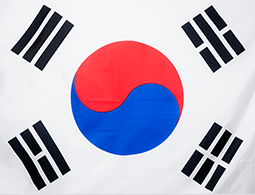
- National Flower : Mugunghwa
-
The national flower of Korea is Mugunghwa, or Rose of Sharon, which comes into bloom from July to October every year. Profusions of the blossom gracefully decorate the entire nation during that time, providing a view which has been loved by all Korean for many years. It is also favorite plant of the people as the flower’s symbolic significance stems from the Korean word ‘Mugung’, meaning immortality. This word accurately reflects the enduring nature of Korean culture, and the determination and perseverance of the Korean people.

- National Anthem : Aegukga
- Aegukga literally means ‘a song expressing one’s love towards their country’ in Korean, and that was the exact reason this anthem came to be born. Since its creation, the song has undergone several versions of transition; however, it remained focused on praising the sense of loyalty to the country.
Weather
Korea has four seasons, with a wet monsoon/summer season in the middle of the year, and a cold winter from November to March. The island of Jeju off the southern coast is the warmest and wettest place in the country. The ideal time to visit Korea is during the autumn months (September-November). During this time, the country experiences warm, sunny weather, skies that are cobalt blue and spectacular foliage that is perhaps the biggest draw. Winters are cold and dry and are a good time to visit if you are interested in winter sports as there are numerous ski resorts. Spring (April-May) is also beautiful with all the cherry blossoms in bloom. However, it is very busy and one needs to book in advance to ensure accommodation is available. The summer months are muggy and hot, and rather crowded. It is also when the monsoon season begins so many activities are subject to the fluctuations of heavy rain.

To learn more about KOREA, please click here
Seoul
Originating back more than 5,000 years, Korea is one of the oldest countries in the world, and also one of the most unique. The capital, Seoul, is steeped in a rich history of over 600 years of culture and tradition but is also an exciting futuristic city featuring the latest state-of-the-art technology.
- Culture & History
-
Seoul is a city that embraces the beauty of both tradition and modernity. With five ancient palaces and five World Heritage Sites designated by UNESCO, Seoul is living history of 600 years as the capital of the Choseon Dynasty. You can experience how life was like in the past at hanok villages (traditional Korean houses), learn to make Kimchi and traditional Handicrafts, learn Taekwondo, try making Makgeolli (Korean rice wine), and try a temple stay. Many exciting and unique experiences await you in Seoul.

- Food
-
Seoul’s food does wonders in attracting people to the city. Whatever you have, wherever you are, the food will never fail to satisfy you. From fine dining to casual street food, you will find traditional Korean food, a variety of western cuisine, and fusion cuisine served all throughout the city at restaurants that make you feel like eating at home.

- Shopping & Entertainment
-
Seoul is a shopper’s heaven. The city has numerous shopping malls, department stores, duty free shops, and traditional markets, making shopping available 24/7 all year-round. The streets of Gangnam, Cheongdam, and Shinsadong offer world famous brands and designer shops; Insadong and Namdaemun sell traditional handmade crafts and affordable products; and the COEX Mall, Myeongdong and Dongdaemun areas are among the most popular shopping spots in the city. Seoul also offers a variety of cultural entertainment such as performances, movies, plays, and musicals that run until late in the evening, which is a convenience for travelers who have time constraints. You can enjoy a wide range of performances from traditional Korean ones to non-verbal and dance performances.

- Green & High-tech
-
Seoul is a modern metropolis surrounded by mountains and divided by the Hangang. The city has several parks and trails, and pursues various policies to preserve the environment such as using eco-friendly fuel and vehicles, hosting green international conferences, and operating environment-friendly convention centers. Such policies are also reflected in the city’s administration as it purifies rain water and has water recycling centers and Arisu (brand name of Seoul’s water supply) purification centers. Seoul also boasts a strong foundation for information technology, providing access to the Internet from any location and various applications in people’s daily lives. The city features ubiquitous-based services, digital pavilions, and an exhibition space at Samsung Electronics, offering new and futuristic experiences in high-tech IT.

To learn more about SEOUL, please click here

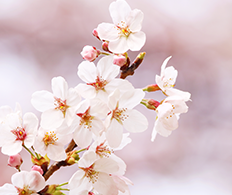

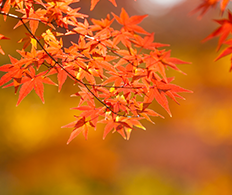
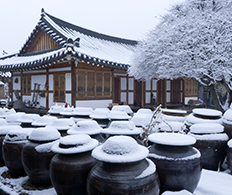
 REGISTRATION
REGISTRATION
 ABSTRACT
ABSTRACT  DOWNLOAD
DOWNLOAD  VENUE
VENUE
 CONTACT US
CONTACT US